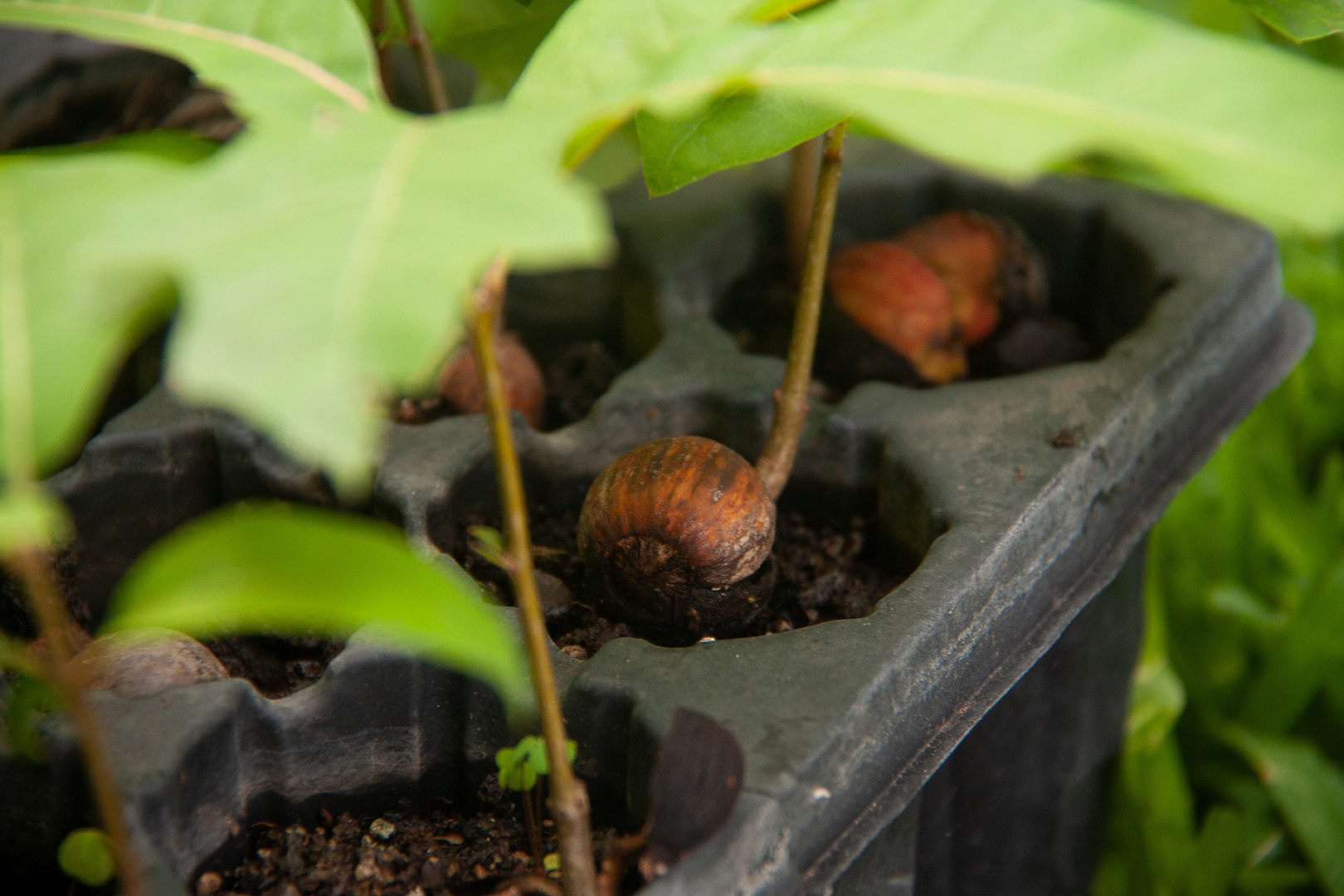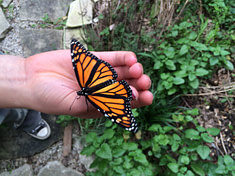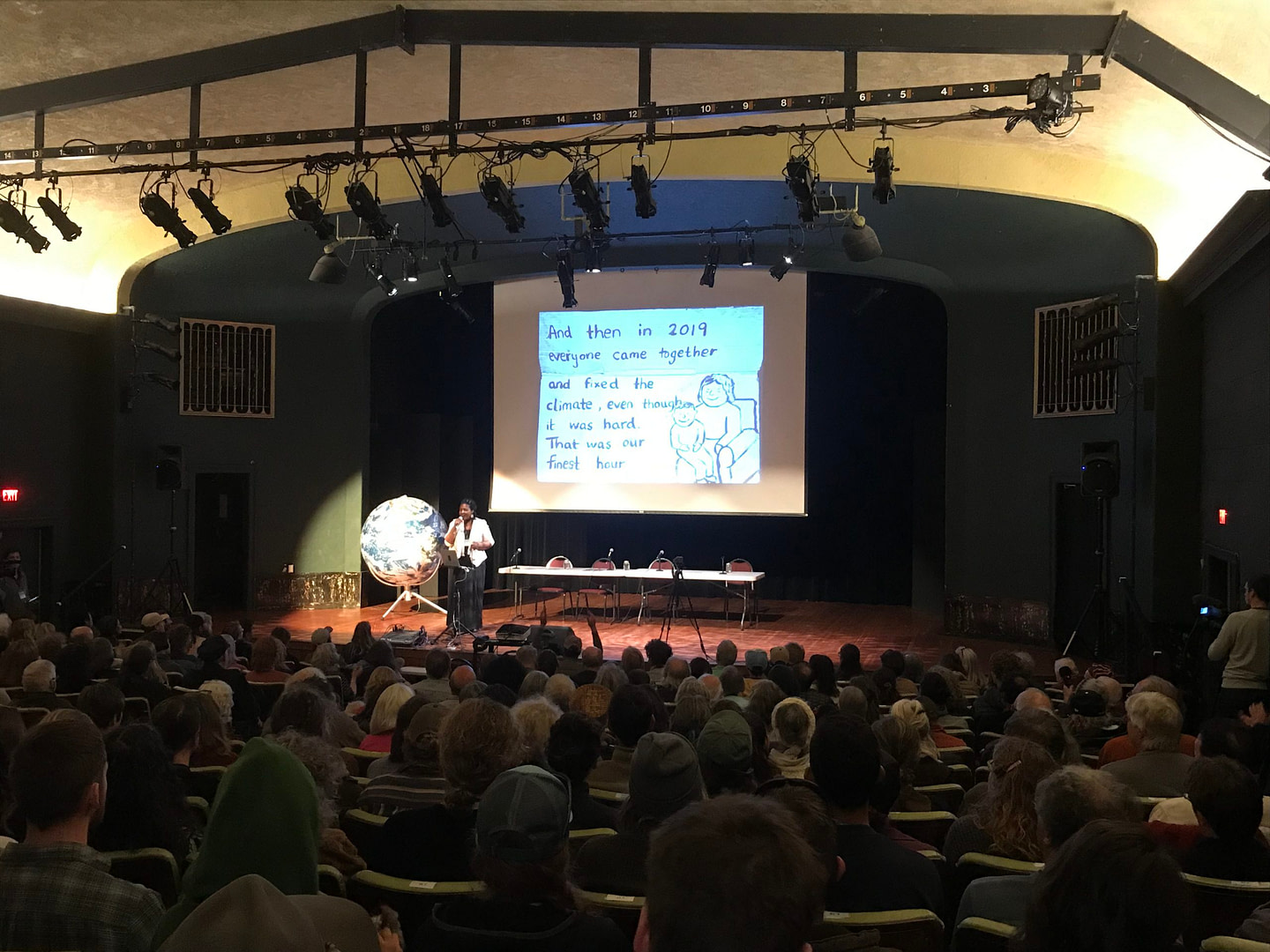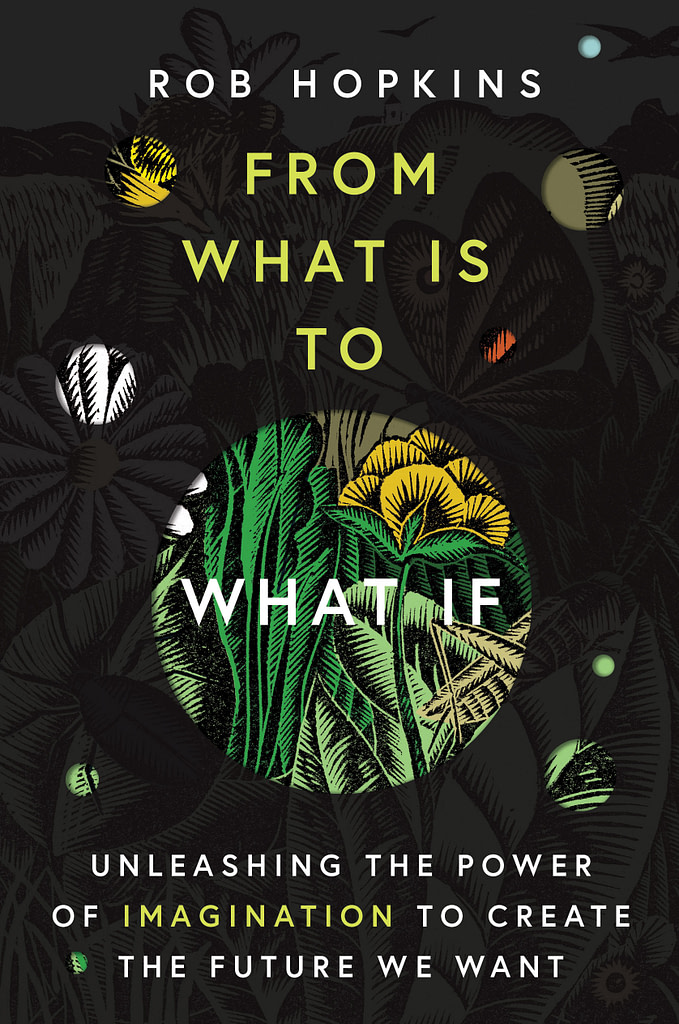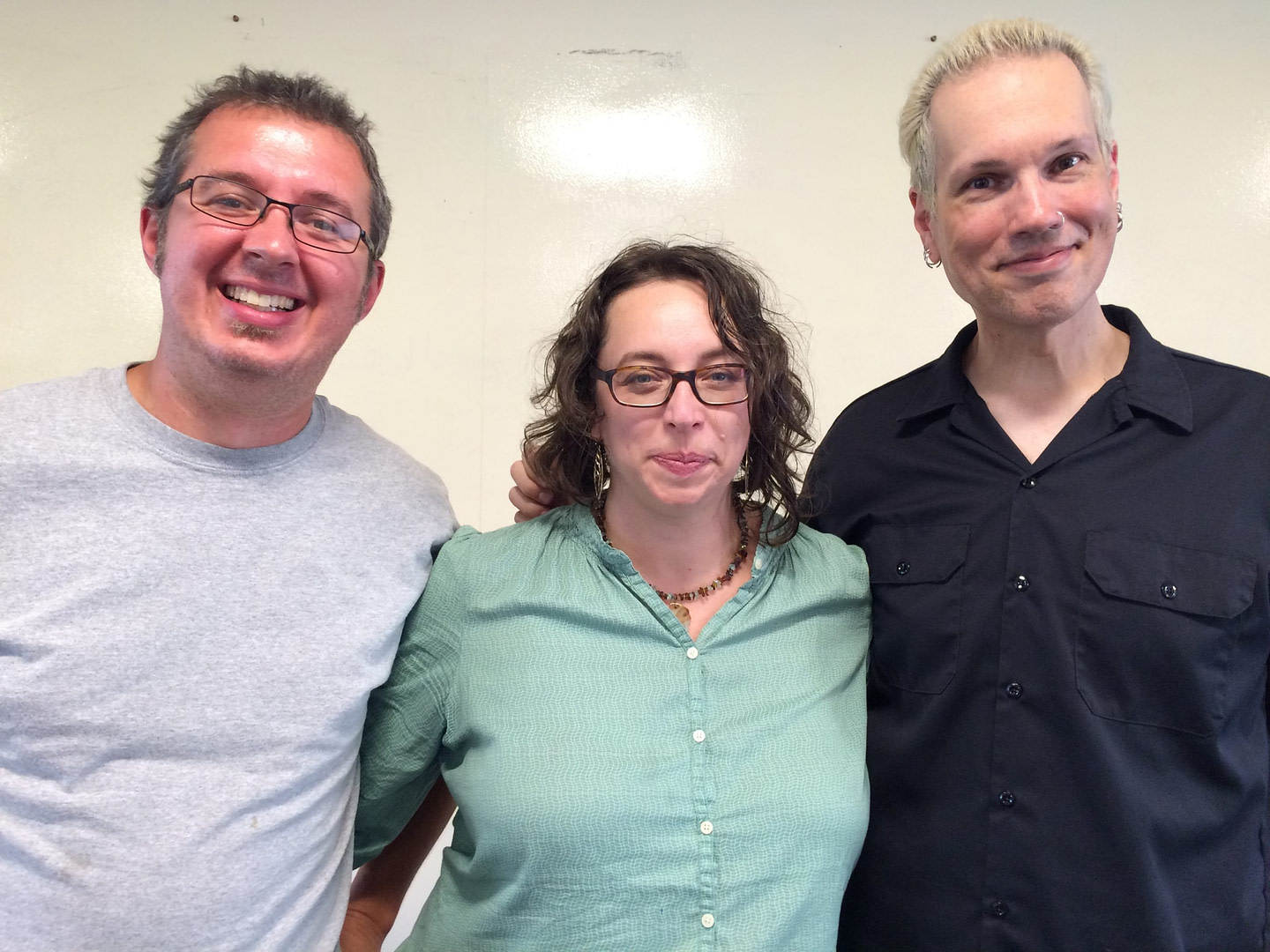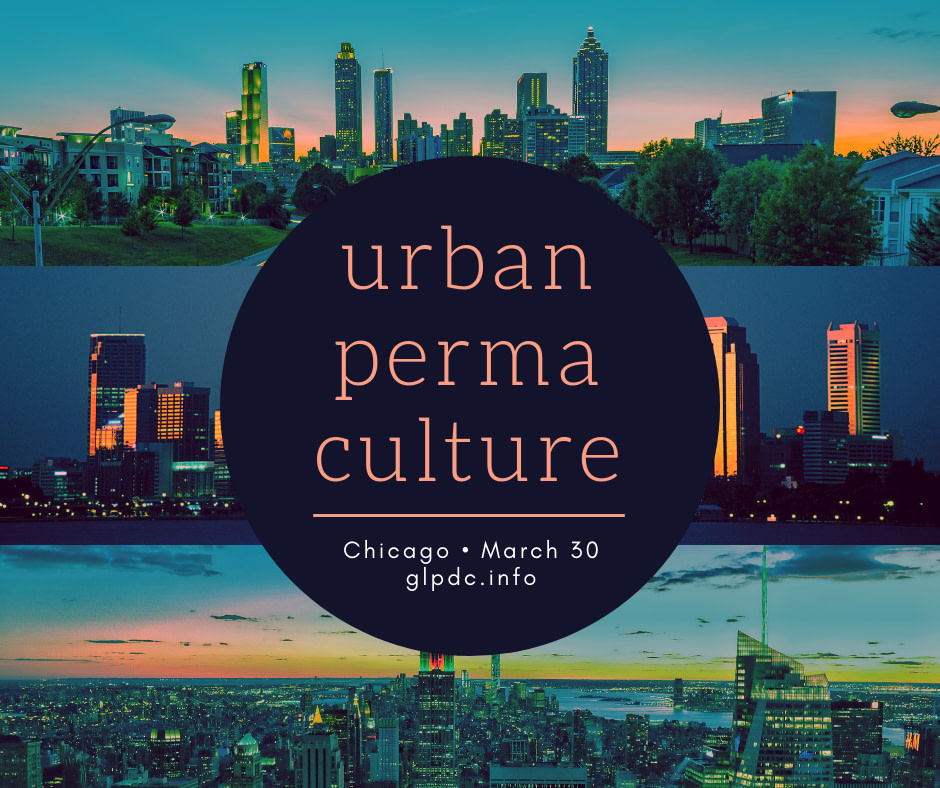The search for better ways to organize ourselves while living in harmony with the Earth has led to many innovative approaches. Two particularly powerful frameworks—permaculture design and dynamic governance (also known as sociocracy)—share remarkable synergies that, when combined, create robust systems for both ecological and social sustainability. Both are rooted in systems thinking and offer complementary tools for creating resilient communities. In this post, I'll be using "dynamic governance" and "sociocracy" interchangeably.
The Foundation: Shared Systems Thinking
Permaculture and sociocracy both emerged from a deep understanding of how natural systems function. Permaculture was developed by Bill Mollison and David Holmgren in the 1970s. Permaculture Design applies the patterns and relationships found in natural ecosystems, traditional human (horti-)cultures, and scientific thinking about systems to human settlements. Similarly, sociocracy (refined by Gerard Endenburg from Kees Boeke's earlier work) draws inspiration from cybernetics and systems theory to create self-organizing governance structures.
Both approaches recognize that:
- Everything is connected within larger systems
- Feedback loops are essential for adaptation and resilience
- Diversity strengthens the whole
- Distributed networks outperform centralized control
Permaculture Ethics as a Social Framework
Permaculture is guided by three core ethics: Earth Care, People Care, and Future Care. While Earth Care focuses on ecological sustainability, the other two ethics provide a foundation for social organization that aligns perfectly with sociocratic principles.
People Care Through Dynamic Governance Structures
The People Care ethic recognizes that human wellbeing is essential for truly sustainable systems. This ethic calls for meeting basic needs, fostering connection, and creating inclusive communities. Sociocracy offers practical methods to manifest these values through:
- Consent-based decision making: Unlike majority rule, sociocracy ensures that decisions are made with the consent of affected parties. This doesn't mean unanimous enthusiasm, but rather that no one has an objection that the proposal would harm the group's overall aims or mission.
- Circle structures: Sociocracy organizes people into semi-autonomous circles based on distributed domains of work. This reflects permaculture's principle of creating appropriate "zones" of activity and responsibility.
- Double-linking: By having two people connect circles in a governance structure, sociocracy ensures robust communication flows—similar to how permaculture designs for redundant connections in natural systems.
- Transparent feedback processes: Both frameworks emphasize learning from outcomes to improve future designs and decisions.
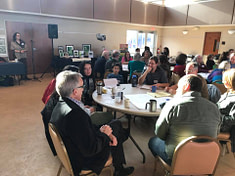
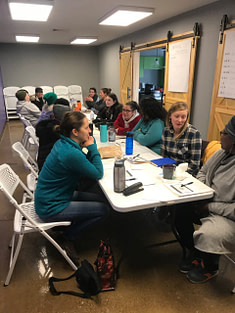
Future Care: Distributing Power and Resources
Permaculture's third ethic (sometimes called "Return of Surplus" or "Fair Share") focuses on limits to consumption and equitable distribution of resources. Sociocracy's governance approach directly supports this by:
- Distributing decision-making power throughout the system
- Creating transparency in resource allocation
- Establishing processes for addressing inequities
- Building structures that limit power accumulation
Practical Applications for Permaculture Groups
Permaculture groups often face challenges in maintaining long-term collaboration and preventing burnout. At the North American Permaculture Convergence, I noted to a colleague, that we have the technical or design knowledge to solve many of the ecological aspects of climate change, but we lack the capacity to create projects (schools, farms, communities) that can maintain the regenerative work over the coming generations. Projects fail, for various reasons all the time. This led me to search for better methods of governance--and ultimately to Sociocracy for All.
Implementing dynamic governance methods in permaculture projects can help by:
1. Creating Clear Decision Processes
Many permaculture initiatives struggle with unclear decision-making methods. Sociocracy provides a structured approach that honors both individual voices and collective needs. By implementing consent-based decisions, groups can move forward efficiently while ensuring everyone's critical concerns are addressed.
2. Distributing Leadership
Rather than relying on charismatic founders (a common permaculture pattern), sociocracy distributes leadership throughout the organization. This prevents burnout of key individuals and creates more resilient organizations that can thrive beyond their founders.
3. Establishing Feedback Cycles
Permaculture emphasizes observation and response to natural systems. Sociocracy extends this to human systems through regular evaluation processes. Implementation reviews, role improvement feedback, and circle effectiveness assessments create the same kind of responsive adaptation that permaculture seeks in ecological design.
4. Supporting Community Care Networks
Permaculture groups often aim to create support networks for mutual aid. Dynamic governance structures can formalize these networks into effective helping systems without becoming bureaucratic. For example, care circles can be established with clear domains and authorities while maintaining the flexibility to respond to emerging needs.
Case Example: Community Food Forests
Consider a community food forest project. Using permaculture principles, the physical design might include diverse plant guilds, water management systems, and strategic placement of elements for maximum efficiency.
Adding dynamic governance might look like:
- A general circle overseeing the whole project
- Specialized circles for planting, maintenance, harvest distribution, and education
- Clear policies for how decisions about changes to the food forest are made
- Regular evaluation of how well the food forest is meeting community needs
- Structured ways to incorporate new volunteers and share knowledge
This integration allows the community to maintain both the ecological system and the social system needed to care for it long-term. Further, my experience with participants learning dynamic governance, shows that there is a lot more trust, more effective collaboration, and greater movement towards our vision and mission.
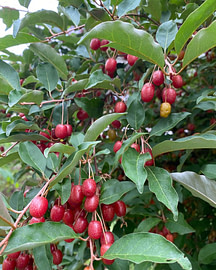
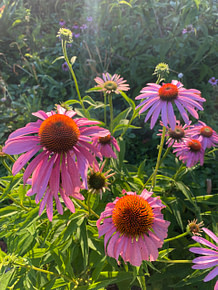
Conclusion: Growing Resilient Systems Together
The partnership between permaculture and dynamic governance offers a powerful approach to creating systems that care for both the Earth and its people. By combining permaculture's ecological wisdom with sociocracy's governance structures, communities can build organizations as resilient as the landscapes they tend.
The next evolution in regenerative design may well be this integration of ecological and social technologies—creating systems where humans thrive as beneficial participants in the web of life, organized in ways that honor each person's voice while serving the whole.
I'll be continuing this line of thinking in future posts.
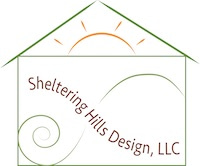


![Flooding in Australia [Detail]](https://mlxfher5k4qv.i.optimole.com/cb:ykJ5~5f699/w:499/h:333/q:90/f:best/ig:avif/https://www.shelteringhills.net/wp-content/uploads/2023/03/5348891247_a0885c4107.jpg)
